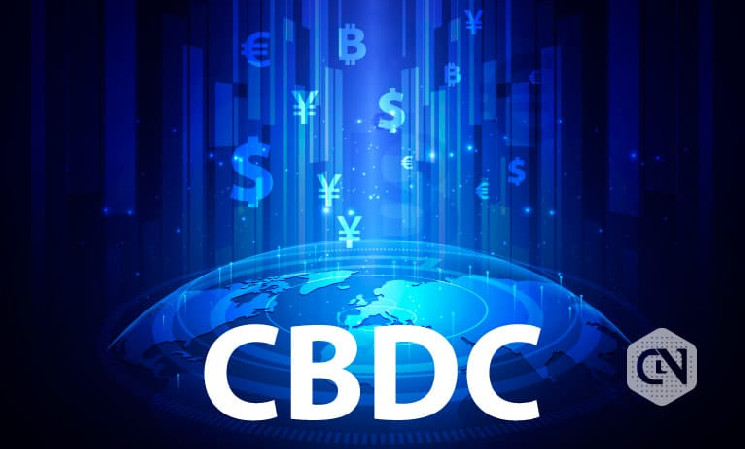The Philippines has also set its sights on releasing its own central bank digital currency (CBDC) by 2029 to create a wholesale form of currency. Project Agila, the initiative of the country’s central bank, is steadily approaching the Proof of Concept stage. This initiative will investigate improving payment systems through the use of blockchain.
Philippines Nears Launch of CBDC Initiative
To meet the interest of developed economies worldwide in digital currencies, the Bangko Sentral ng Pilipinas (BSP) introduced Project Agila. First proposed in December 2022 as Project CBDCPh, it was renamed in September of the following year. The project uses a digital ledger to enhance interbank, securities, and cross-border transactions.
In July, the BSP completed the pilot period of Project Agila and chose Hyperledger Fabric as its underlay.
”This is a significant development in our larger goal of achieving a digital financial system,” said BSP Governor Eli Remolona.
The bank aims to develop a detailed report by the end of the year based on the observations made during the Project Agila sandbox.
Also, the initiative will assess the ability of CBDC technology to facilitate automated payments through currency programmability. This will encompass evaluations on the possibility of the two forms of currency operating in parallel. At the end of the year, people expect new information that may change the configuration of the financial world.
Private Payment System to Issue Philippine CBDC
In February, Governor Remolona pointed out that the Philippine CBDC will be issued on a private-sector payment system owned by banks. This system does not intend to provide the openness and transparency of public blockchains, but to preserve transaction anonymity and institutional clients’ security. The CBDC is designed for licensed banks and other intermediaries, focusing on wholesale transactions.
The BSP also enabled a limited trial of a Filipino peso-pegged stablecoin backed by the central bank in May.
” we aim to try to converge digital and physical currencies,” Remolona said.
This approach is meant to help improve the interconversion between digital and tangible money to improve the efficiency of the overall financial processes.
Also Read: Ethereum ETF Debuts $1B+ Volume; BlackRock’s ETHA Leads
 cryptonewsz.com
cryptonewsz.com
